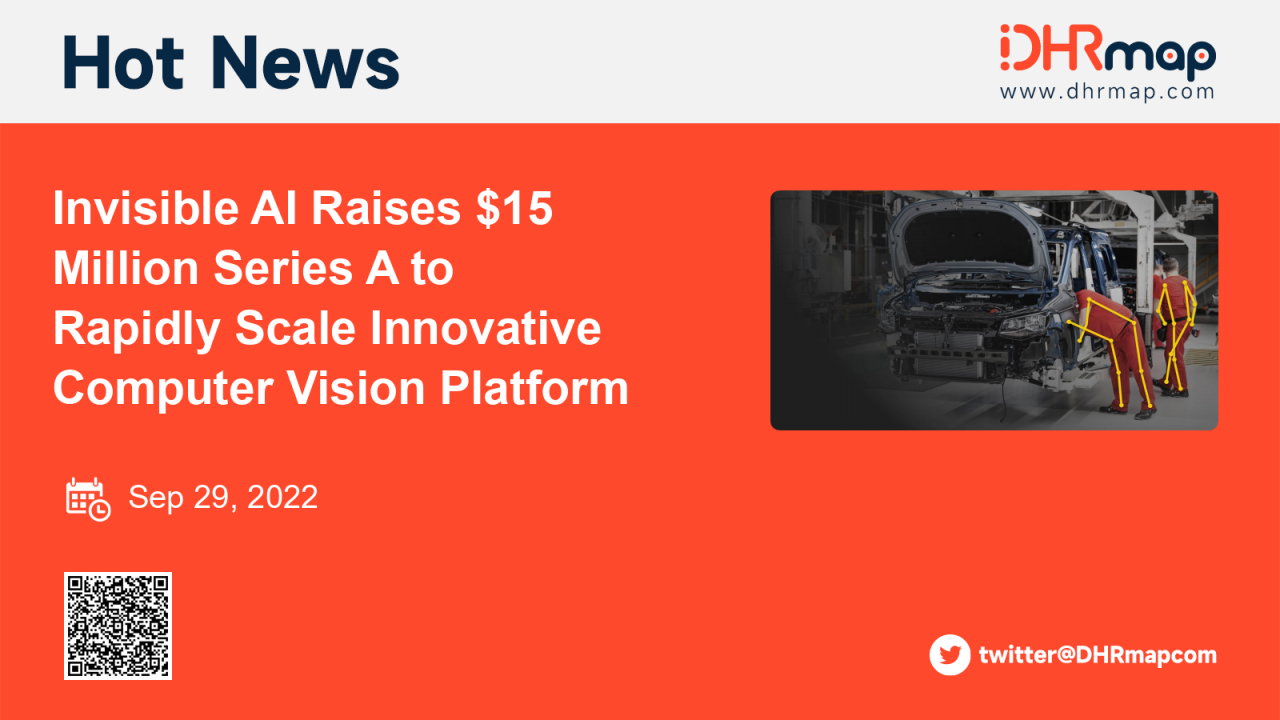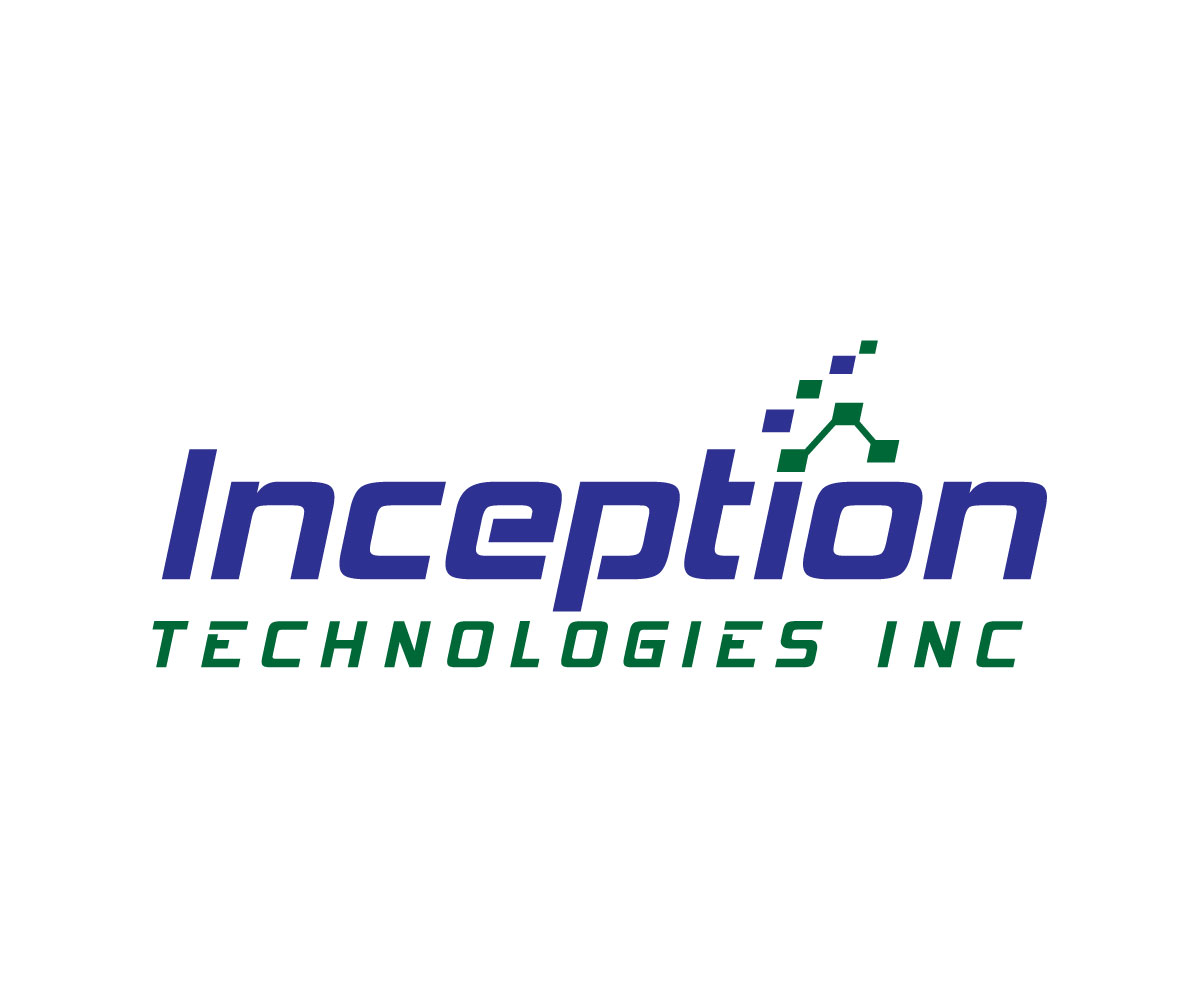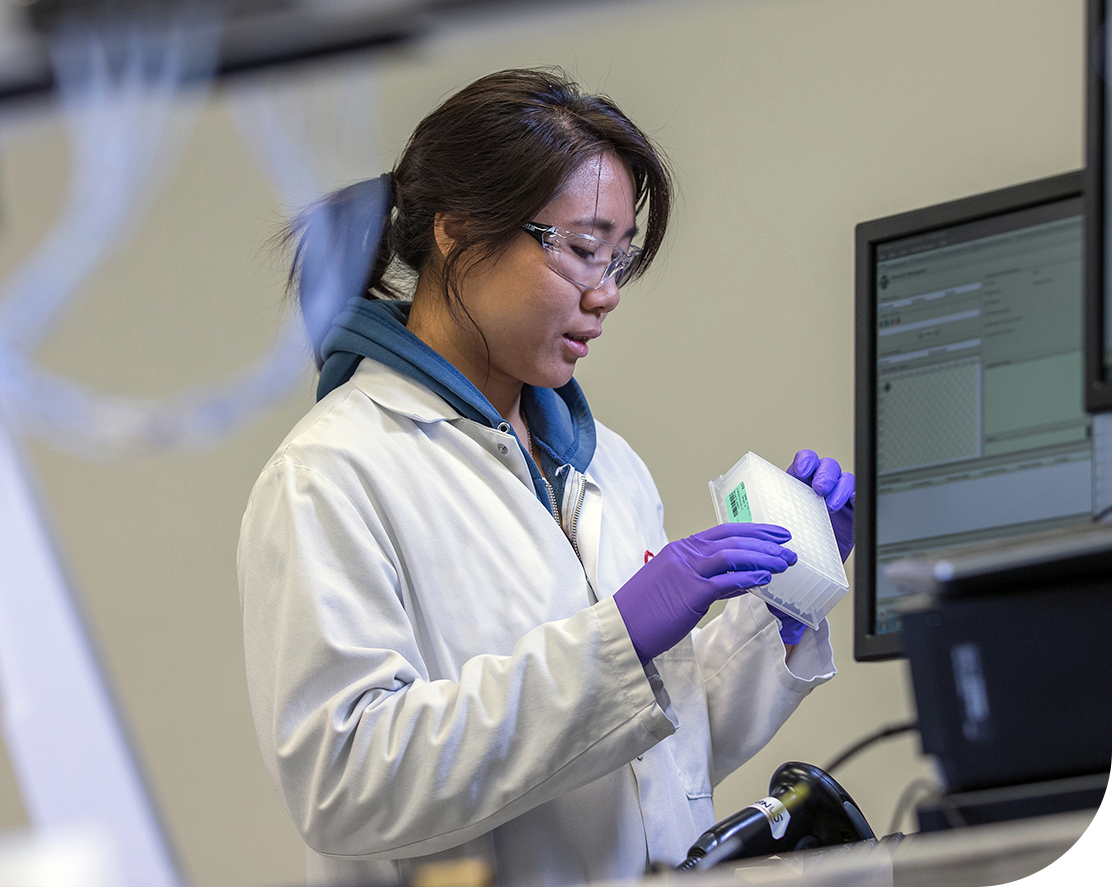Eye Technologies: Revolutionizing Vision and Interaction
Eye technologies are revolutionizing how we interact with the world, from gaming and healthcare to security and research. These technologies, which analyze and interpret eye movements, are opening up new […]
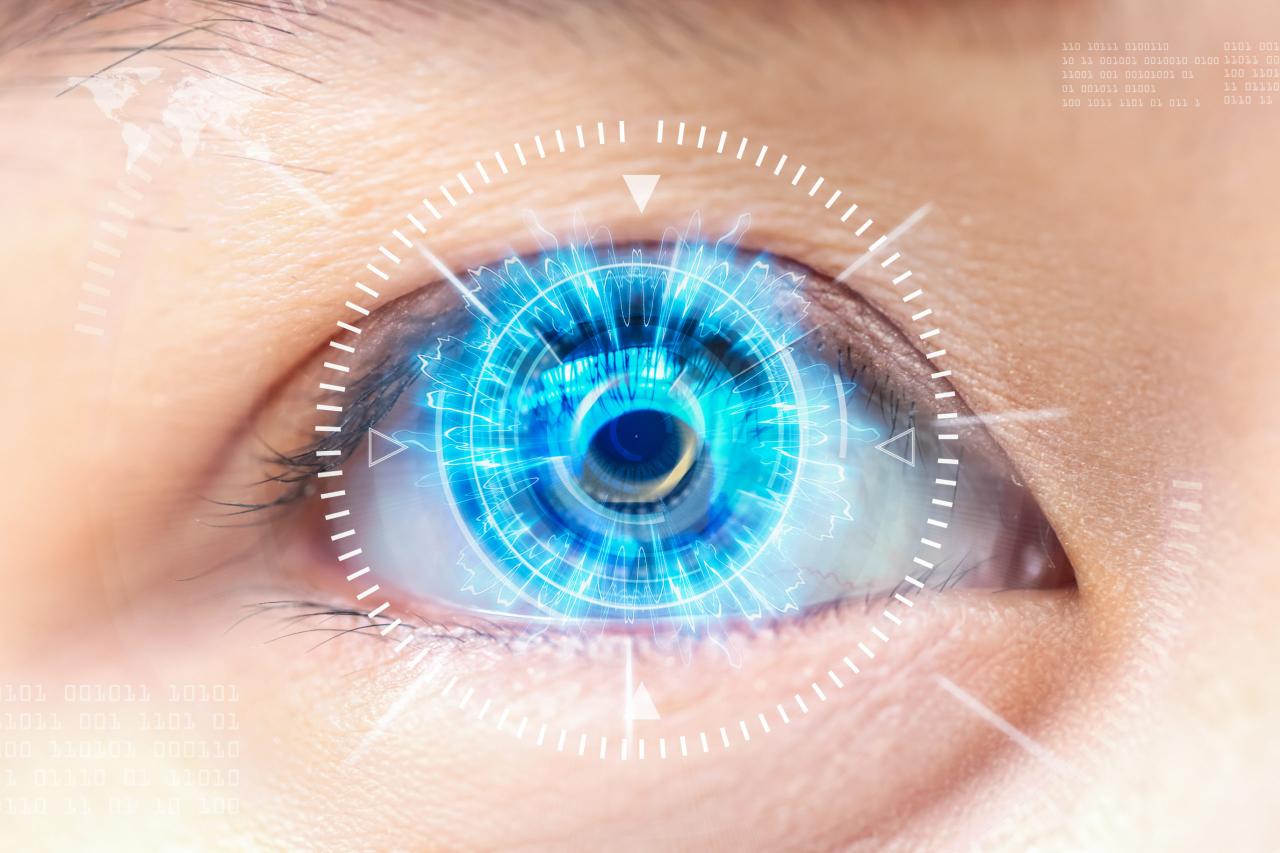
Eye technologies are revolutionizing how we interact with the world, from gaming and healthcare to security and research. These technologies, which analyze and interpret eye movements, are opening up new possibilities for user interfaces, biometric authentication, and even eye health monitoring.
From tracking eye movements to analyzing retinal scans, eye technologies are becoming increasingly sophisticated, offering insights into our health, behavior, and intentions. This field encompasses a wide range of applications, from gaming and entertainment to medical diagnosis and security.
Eye Tracking Technologies
Eye tracking technology has revolutionized the way we interact with computers and the world around us. By accurately measuring eye movements, this technology provides valuable insights into human cognition, behavior, and attention. It has a wide range of applications, from gaming and healthcare to research and marketing.
Types of Eye Tracking Technologies
Eye tracking technologies can be broadly classified into two categories: remote eye tracking and head-mounted eye tracking.
- Remote eye tracking systems use cameras positioned at a distance from the user to capture eye movements. These systems are typically non-invasive and offer a wide field of view, making them suitable for applications where user movement is unrestricted.
- Head-mounted eye tracking systems, on the other hand, involve wearing a device that tracks eye movements directly. These systems are more accurate than remote systems but can be intrusive and may restrict user movement.
Principles of Operation
Eye tracking technologies work by detecting and analyzing the position and movement of the eye. There are several methods employed to achieve this, each with its own advantages and disadvantages.
- Pupil-center tracking: This method relies on detecting the center of the pupil, which is the dark circular area in the center of the iris. By tracking the pupil’s position, the system can infer the direction of gaze.
- Corneal reflection tracking: This method uses the reflection of infrared light off the cornea, the transparent outer layer of the eye. The position of the reflection is used to determine the direction of gaze.
- Video-based eye tracking: This method uses a high-resolution camera to capture video footage of the eye. Advanced algorithms analyze the video to detect and track eye movements.
Advantages and Disadvantages of Eye Tracking Technologies
Each type of eye tracking technology has its own set of advantages and disadvantages, which influence its suitability for different applications.
Remote Eye Tracking
- Advantages: Non-invasive, wide field of view, suitable for applications where user movement is unrestricted.
- Disadvantages: Lower accuracy than head-mounted systems, susceptible to environmental factors such as lighting and glare.
Head-Mounted Eye Tracking
- Advantages: High accuracy, less susceptible to environmental factors, can track eye movements in a wider range of conditions.
- Disadvantages: Can be intrusive, may restrict user movement, can be uncomfortable to wear for extended periods.
Real-World Applications of Eye Tracking Technology
Eye tracking technology has a wide range of applications in various fields, including gaming, healthcare, and research.
Gaming
Eye tracking technology is used in gaming to enhance gameplay, provide immersive experiences, and create more intuitive interfaces.
- Enhanced Gameplay: Eye tracking can be used to control game characters, navigate menus, and interact with the game environment. For example, players can use their gaze to aim weapons, select items, and trigger actions.
- Immersive Experiences: Eye tracking can create more immersive gaming experiences by adapting the game world to the player’s gaze. For instance, the game’s graphics can be rendered with higher detail in areas where the player is looking, creating a more realistic and engaging experience.
- Intuitive Interfaces: Eye tracking can be used to create more intuitive game interfaces that respond to the player’s gaze. For example, players can use their eyes to select options from menus, control characters, and interact with objects in the game world.
Healthcare
Eye tracking technology is used in healthcare to diagnose and treat eye conditions, monitor patient progress, and improve communication with patients who have difficulty speaking.
- Diagnosis and Treatment: Eye tracking can be used to diagnose eye conditions such as amblyopia (lazy eye) and strabismus (crossed eyes). It can also be used to monitor the effectiveness of treatment for these conditions.
- Patient Progress Monitoring: Eye tracking can be used to monitor patient progress in rehabilitation programs for conditions such as stroke and traumatic brain injury. By tracking eye movements, therapists can assess the patient’s cognitive function and recovery.
- Communication: Eye tracking technology can be used to assist patients who have difficulty speaking, such as those with ALS or cerebral palsy. Patients can use their gaze to select letters, words, or phrases on a screen, allowing them to communicate more effectively.
Research
Eye tracking technology is used in research to study human cognition, behavior, and attention.
- Cognitive Science: Eye tracking is used to study how people process information, make decisions, and solve problems. By tracking eye movements, researchers can gain insights into the cognitive processes involved in these activities.
- Behavioral Science: Eye tracking is used to study how people interact with their environment and respond to stimuli. By tracking eye movements, researchers can gain insights into human behavior and how it is influenced by factors such as context and emotion.
- Attention Research: Eye tracking is used to study how people allocate their attention and what factors influence their attentional focus. By tracking eye movements, researchers can gain insights into the mechanisms of attention and how it is influenced by factors such as task demands and environmental stimuli.
Eye-Based Biometric Authentication
Eye-based biometric authentication systems are rapidly gaining traction as a secure and reliable method for verifying identity and granting access to various applications and resources. These systems leverage the unique and distinctive characteristics of the human eye to identify individuals with high accuracy, offering a robust alternative to traditional authentication methods like passwords or PINs.
Different Eye-Based Biometric Methods
Different eye-based biometric methods, each with its own strengths and limitations, contribute to the growing field of eye biometrics. These methods include:
- Iris Recognition: This method analyzes the intricate patterns of the iris, the colored part of the eye, to identify individuals. Iris recognition systems capture high-resolution images of the iris, extracting unique features like the texture, color, and shape of the iris. These features are then compared to a stored database to confirm or deny access.
- Retina Scanning: Retina scanning focuses on the blood vessel pattern within the retina, the light-sensitive layer at the back of the eye. This method captures a detailed image of the retinal vascular network, which is highly unique to each individual. The captured image is then compared to a stored template to verify identity.
- Gaze Tracking: This method tracks the movement of the eyes and analyzes patterns in eye gaze. Gaze tracking systems can identify individuals based on their unique eye movement patterns, which can be influenced by factors like cognitive processes, emotional state, and individual habits.
Challenges and Future Directions, Eye technologies
While eye-based biometric authentication offers significant advantages, it also faces challenges that need to be addressed for widespread adoption.
- Privacy Concerns: The use of eye biometrics raises privacy concerns, as it involves capturing and storing sensitive personal data. Addressing these concerns requires robust security measures to protect the collected biometric information from unauthorized access and misuse.
- Environmental Factors: Eye-based biometric systems can be affected by environmental factors like lighting conditions, glare, and dust. These factors can impact the accuracy of the system, potentially leading to false identifications or rejections.
- Accessibility and Cost: The cost of implementing eye-based biometric systems can be a barrier for some applications, especially for smaller organizations or individuals. Additionally, accessibility issues may arise for individuals with certain eye conditions or disabilities.
Future directions in eye-based biometric authentication focus on enhancing the accuracy, security, and usability of these systems.
- Improved Algorithms: Research and development are continuously improving the algorithms used in eye-based biometric systems, leading to increased accuracy and reduced error rates.
- Integration with Other Biometrics: Combining eye-based biometrics with other modalities, such as facial recognition or fingerprint scanning, can further enhance security and reduce the risk of spoofing attacks.
- Mobile Applications: The development of mobile eye-based biometric systems is expanding the reach of this technology, enabling secure authentication on smartphones and other mobile devices.
Eye-Controlled Interfaces

Eye-controlled interfaces, also known as eye-tracking interfaces, empower users to interact with devices and applications using only their eye movements. These interfaces have the potential to revolutionize user interaction, particularly for individuals with disabilities or those seeking hands-free control.
Gaze-Based Selection
Gaze-based selection is a fundamental method in eye-controlled interfaces, enabling users to select objects or options by simply looking at them. The system tracks the user’s gaze and identifies the object being fixated upon. Once the user maintains their gaze on a target for a predetermined duration, the selection is registered.
Eye-Tracking Input
Eye-tracking input goes beyond simple selection, allowing users to control various aspects of a device or application through eye movements. This can involve scrolling through documents, navigating menus, typing text, or even controlling virtual objects.
Challenges and Limitations
Eye-controlled interfaces face several challenges and limitations:
Accuracy and Precision
Eye tracking technology can be susceptible to inaccuracies, especially in environments with varying lighting conditions or when the user’s gaze is not consistently focused. The accuracy and precision of eye tracking directly impact the usability and effectiveness of eye-controlled interfaces.
User Fatigue
Sustained eye tracking can lead to user fatigue and discomfort. The continuous effort required to maintain focus on the screen can be physically demanding, particularly for extended periods.
Limited Range of Motion
Eye movements have a limited range of motion, which can restrict the user’s ability to control devices with fine-grained precision. This limitation is particularly evident in tasks requiring precise cursor movements or complex interactions.
Potential Solutions
Several solutions are being explored to address the challenges of eye-controlled interfaces:
Improved Eye Tracking Technology
Advances in eye tracking technology are constantly improving accuracy and precision. New algorithms and sensor designs are being developed to enhance performance, even in challenging environments.
Adaptive Interfaces
Adaptive interfaces can adjust to individual user needs and preferences. This can include customizing the interface to optimize for the user’s specific eye tracking capabilities or providing alternative input methods for tasks that are challenging to perform with eye movements alone.
Hybrid Input Methods
Combining eye tracking with other input methods, such as voice control or touchscreens, can provide a more versatile and accessible user experience. This allows users to switch between input methods based on their preferences and the task at hand.
Eye Health Monitoring Technologies: Eye Technologies
Eye health monitoring technologies are revolutionizing the way we detect, diagnose, and manage eye conditions. These technologies offer a range of benefits, including early detection, improved accuracy, and personalized treatment plans.
Retinal Imaging
Retinal imaging captures detailed images of the retina, the light-sensitive layer at the back of the eye. This technology plays a crucial role in diagnosing a wide range of eye conditions, including:
- Diabetic retinopathy: Damage to the blood vessels in the retina caused by diabetes.
- Glaucoma: A condition that damages the optic nerve, which connects the eye to the brain.
- Macular degeneration: A condition that affects the central part of the retina, causing blurry or distorted vision.
Retinal imaging techniques include:
- Fundus photography: Captures a wide-field image of the retina.
- Fluorescein angiography: Involves injecting a dye into the bloodstream to highlight blood vessels in the retina.
- Optical coherence tomography (OCT): Creates cross-sectional images of the retina, providing a detailed view of its layers.
Optical Coherence Tomography (OCT)
OCT is a non-invasive imaging technique that uses light waves to create high-resolution cross-sectional images of the retina. This technology allows healthcare professionals to visualize the different layers of the retina, including the macula, optic nerve, and blood vessels.
OCT is widely used for:
- Early detection and monitoring of glaucoma, macular degeneration, and diabetic retinopathy.
- Assessing the thickness of the retinal layers, which can help determine the severity of eye conditions.
- Guiding treatment decisions, such as laser surgery or injections.
OCT devices are becoming increasingly portable and affordable, making them suitable for both clinical and home-based monitoring.
Artificial Intelligence (AI)-Based Analysis
AI algorithms are being incorporated into eye health monitoring systems to enhance the accuracy and efficiency of diagnosis and treatment. AI-powered systems can analyze retinal images and other data to identify patterns and anomalies that may indicate eye conditions.
- AI algorithms can assist in the early detection of diabetic retinopathy by identifying subtle changes in the retinal blood vessels.
- AI can help ophthalmologists to diagnose glaucoma by analyzing the optic nerve head and retinal nerve fiber layer.
- AI-based systems can personalize treatment plans by predicting the progression of eye conditions and recommending appropriate interventions.
Eye-Related Research and Innovations
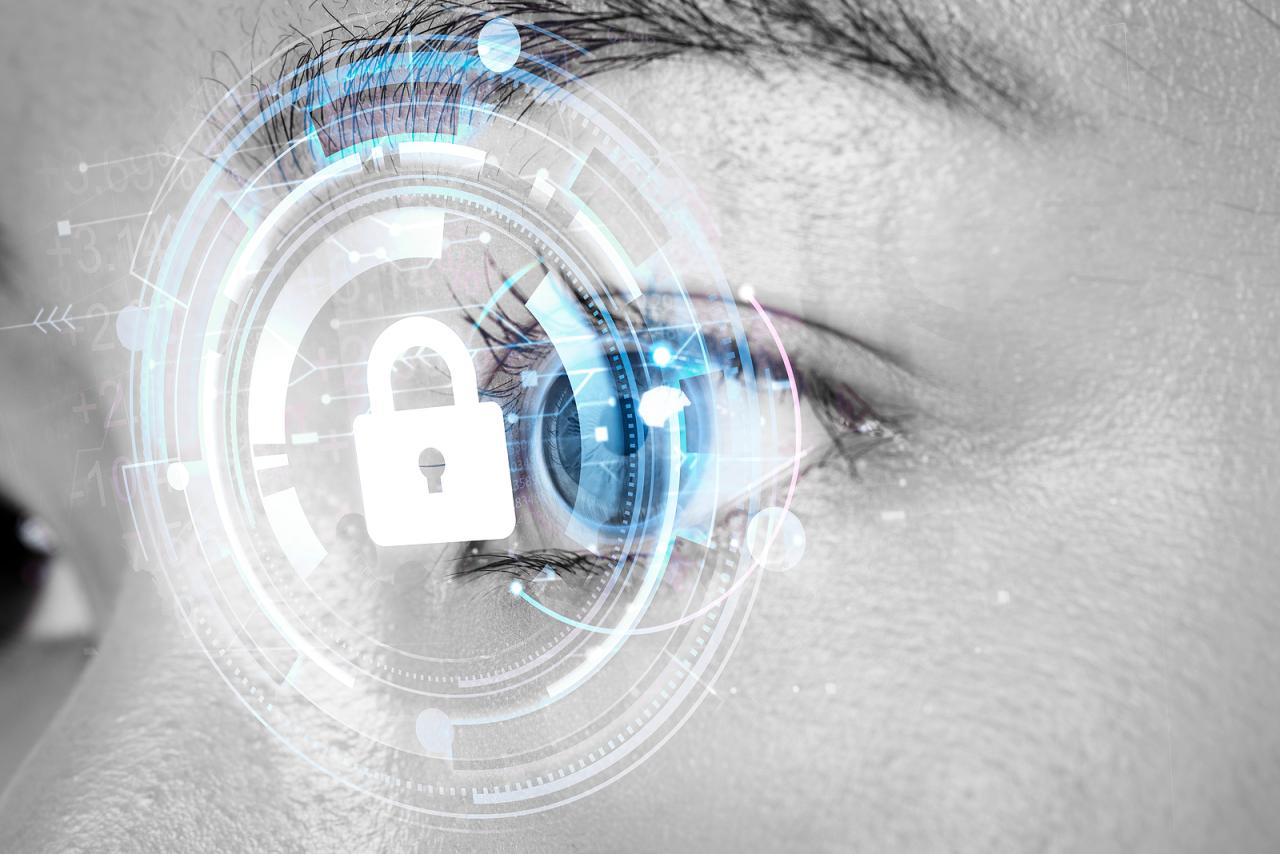
The field of eye technologies is constantly evolving, with researchers pushing the boundaries of what’s possible in vision care and beyond. Emerging trends and innovative technologies are shaping the future of how we understand, treat, and interact with the world through our eyes.
Augmented Reality and Virtual Reality in Eye Care
AR and VR technologies are revolutionizing the way eye care professionals diagnose and treat patients. By creating immersive environments, these technologies can be used to:
- Simulate eye conditions: VR simulations can provide realistic representations of various eye diseases, helping patients understand their condition and the potential impact on their vision. This can improve patient education and compliance with treatment plans.
- Train eye care professionals: VR environments can be used to train ophthalmologists and optometrists in surgical procedures and other clinical skills. This can enhance their proficiency and reduce the risk of errors during real-life procedures.
- Conduct vision research: AR and VR can be used to study the effects of visual stimuli on the brain and the development of visual perception. This can lead to a deeper understanding of how the eye works and the development of new treatments for vision disorders.
Artificial Intelligence in Eye Data Analysis
AI is transforming the way eye data is analyzed, leading to more accurate diagnoses and personalized treatments. AI algorithms can:
- Analyze retinal images: AI-powered systems can identify patterns in retinal images that are indicative of eye diseases like diabetic retinopathy, glaucoma, and age-related macular degeneration. This can help detect these conditions earlier and improve the chances of successful treatment.
- Predict disease progression: AI can be used to analyze patient data and predict the likelihood of developing eye diseases in the future. This can help identify individuals at risk and enable early intervention measures.
- Personalize treatment plans: AI algorithms can analyze individual patient data to develop customized treatment plans that are tailored to their specific needs and conditions.
Emerging Trends in Eye Technologies
The field of eye technologies is constantly evolving, with new research areas and innovations emerging regularly. Some of the most exciting trends include:
- Bionic eyes: Researchers are developing bionic eyes that can restore vision to individuals with severe vision loss. These devices use implanted electrodes to stimulate the retina and send signals to the brain.
- Gene therapy for eye diseases: Gene therapy offers a promising new approach to treating inherited eye diseases. This involves using viruses to deliver healthy genes to the eye, correcting the underlying genetic defect.
- Nanotechnology in eye care: Nanotechnology is being used to develop new materials and devices for eye care. For example, nanoparticles can be used to deliver drugs directly to the eye, improving treatment efficacy and reducing side effects.
Final Summary
As eye technologies continue to advance, we can expect to see even more innovative applications emerge in the years to come. The ability to control devices with our eyes, identify individuals through unique eye patterns, and monitor our eye health with precision will undoubtedly shape the future of human-computer interaction, healthcare, and security.
Eye technologies are constantly evolving, from contact lenses to sophisticated retinal implants. This progress is mirrored in other industries, like metal fabrication, where companies like metal technologies ravenna are pushing boundaries with innovative techniques and materials. Just as eye technologies enhance our vision, metal technologies are shaping the world around us, contributing to advancements in everything from construction to medical devices.
